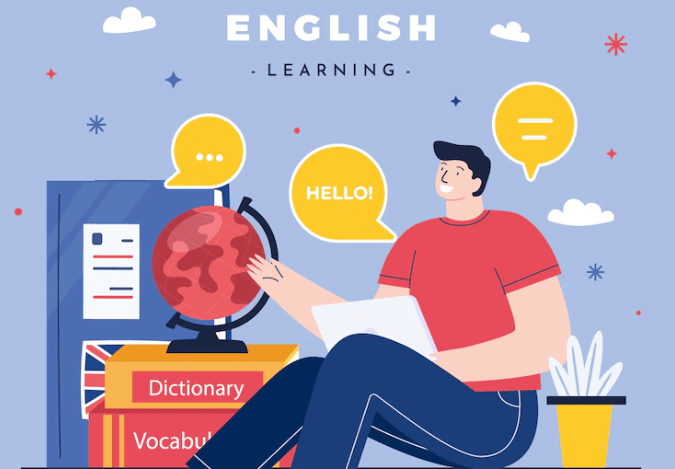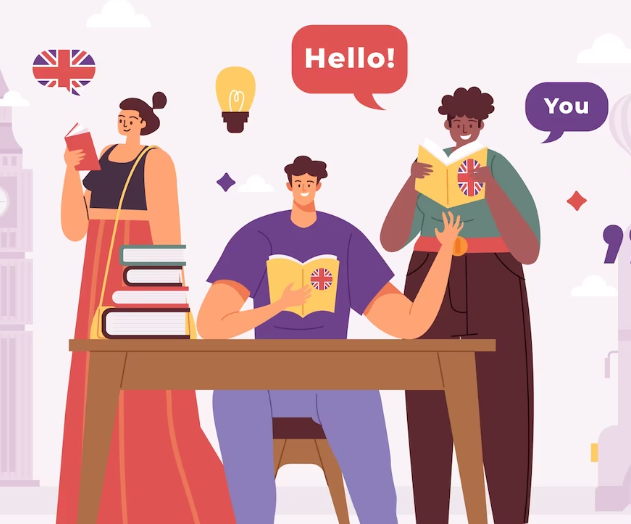Reading is the process of looking at a series of written symbols and getting meaning from them.
When we read, we use our eyes to receive written symbols and we use our brains to convert them into words, sentences, and paragraphs that communicate something to us.
We can simply go straight to the reading without a plan, there are different approaches to teaching reading but most of these agree on the importance of using a series of activities that anticipate the reading, activities to complete during the actual, and some activities to complete after it.
Tabla de contenido
- Most Used Approach to Teach Reading
- Importance of While Reading Activities
- What are Examples of While-Reading Activities?
- 1. Identify Topic Sentences
- #2 General and Specific Ideas
- 3. Identify the Connectors
- 4. Confirm Prediction
- 5. Skim a Text for specific Information.
- 6. Answer Literal and Inferential questions
- 7. Inferring
- 8. Coding Text
- 9. Student-to-student conversation
- 10. Scan a text for specific information
- 11. Answer a Short Quiz
- Conclusión
- More Teaching English Articles
Most Used Approach to Teach Reading
The most common framework to teach reading is the PDP approach.
While-reading activities or During-Reading activities are part of the three main stages that a reading lesson has:
| #1 | Pre-Reading Activities |
| #2 | While-Listening Activities |
| #3 | Post- Listening Activities |
Importance of While Reading Activities
While-Reading Activities are defined as activities that help students focus on aspects of the text and to understand it better.
The goal of these activities is to help learners to deal as they would deal with it as if the text was written in their first language
During this stage, students will be able to:
| #1 | Confirm Predictions |
| #2 | Gather Information |
| #3 | Organize Information |
What are Examples of While-Reading Activities?
The number of while-reading activities that you can do in the classroom depends on the creativity of the teacher.
You can use while-reading activities which are based on traditional forms of assessment or you can implement some technology if you are good enough integrating it in classes.
These are some examples of while-reading activities that you can use in the classroom.
1. Identify Topic Sentences
Identify topic sentences and the main idea of paragraphs.
The main idea of a paragraph is the author’s message about the topic
Remember that every paragraph usually includes a topic sentence that identifies the main idea of the paragraph.
#2 General and Specific Ideas
Distinguish between general and specific ideas.
General ideas usually express the main point or main idea of a piece of writing and Specific ideas provide evidence to further define the general or main idea and prove that it is valid
If you want to know what I mean, have a look at this reading exercise
3. Identify the Connectors
Identify the connectors to see how they link ideas within the text.
There are many types of connectors, for a full list of linking words, have a look at these linking words grouped by category.
4. Confirm Prediction
Check whether or not predictions and guesses are confirmed.
This is something that can be done when a reading class might starts with one of these pre-reading activities.
5. Skim a Text for specific Information.
Skimming is the ability to locate the main idea within a text, using this reading strategy will help students to become proficient readers.
Skimming reading will also help students to be a flexible reader
6. Answer Literal and Inferential questions
Literal simply refers to what the text says and inferential is using the text as a starting point to get a deeper meaning
You can take a look at one of these exercises in this website: Literal and Inferential Meaning
7. Inferring
Another while listening activity consist of Inferring the meaning of new words using the context.
All language learners rely on context to decipher the meaning of a word, a reading strategy used quite a lot when you do extensive reading.
8. Coding Text
Coding text involves teaching students a method of margin marking so they can place a question mark next to an statement they don’t understand or an exclamation mark next to something that surprised them.
9. Student-to-student conversation
This type of activity is one that promotes the integration of two more skills since you read the paragraph, you talk to a classmate and you listen to what he or she has to say.
you can ask students to have a conversation after they have finished a paragraph or a stanza of a poem so they can clear up any confusions they might have.
10. Scan a text for specific information
Scanning is reading a text quickly in order to find specific information.
You scan when you look for your favorite show listed in the TV guide, when you look your friend’s phone number in your contact list.
11. Answer a Short Quiz
This a traditional way to assess if students have learned something from the reading however you can make a difference by using online tools to collect those answers
You can use a tool such as Plickers, Google Forms or another tool of choice.
Conclusión
If you want to use this reading strategy successfully, you need to understand how the reading material is structured as well as have a clear idea about what specific information you have to locate.
More Teaching English Articles
I hope that you have found everything you were looking for
These are some articles that cover the how to teach reading topic
- 3 Stages for Teaching Reading
- 15 Examples of Pre-Reading Activities
- 10 Examples of While-Reading Activities
- 13 Examples of Post-Reading Activities
These are some articles that cover the how to teach listening topic


